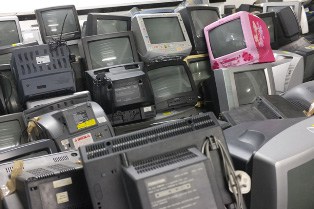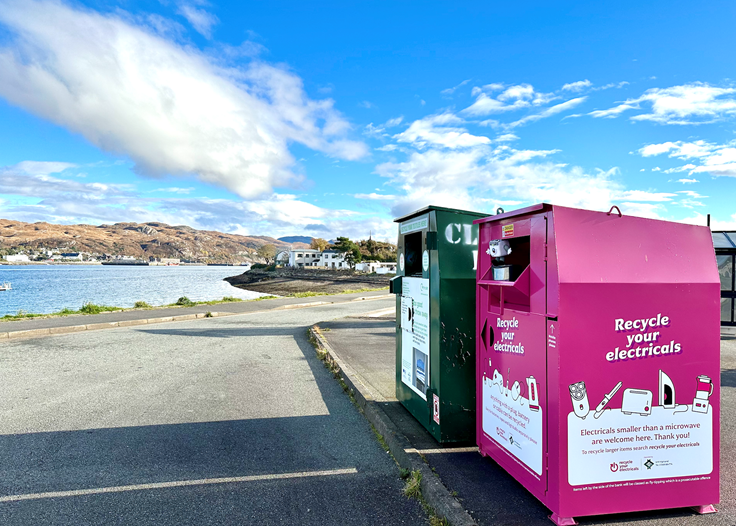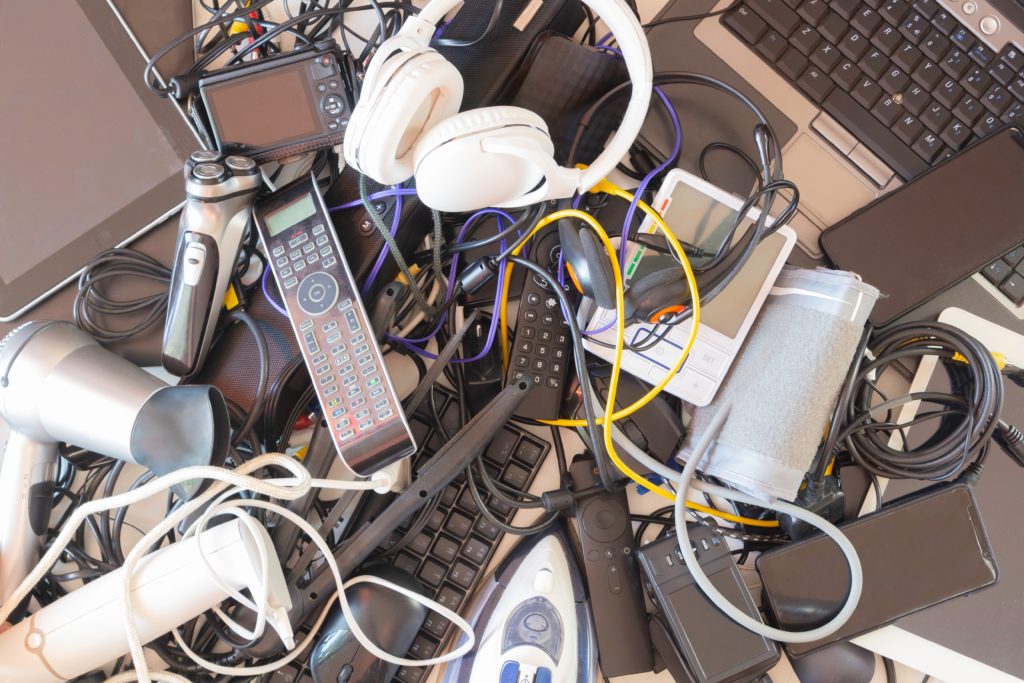The digital switchover in London this April and in others parts of the UK appears to have had little effect on WEEE collection rates in the first three months of 2012 with Environment Agency data published showing recycling rates remained largely unchanged.
However, with the switchover in London taking place in mid-April, it is thought that many of the television sets discarded because of the switchover will appear in the second quarter rather than first quarter figures.

The data suggests that household WEEE equal to 47.5% of the new electronic equipment placed onto the UK market by members of producer compliance schemes in the first quarter of 2012 was recycled.
This means that the UKs performance has remained broadly the same as at the same period in 2011, when around 48.7% of domestic WEEE was collected, but if borne out across the year it would be higher than the 43.86% collection rate for household WEEE achieved in 2011.
Surprisingly, the first quarter of 2012 has seen a fall in the tonnage of display equipment received compared to the same period for the preceding year, despite forecasts that WEEE reprocessors would be hit by a tv avalanche in light of the digital switchover.
Display Equipment
According to the data, just over 35,000 tonnes of display equipment was collected for treatment in the first quarter of the year, compared to over 37,000 tonnes for the same period in 2011.
Duncan Simpson, director of sales and marketing at compliance scheme Valpak, said: There appear to be small decreases in tonnages collected but nothing out of the ordinary considering the present economic climate. Changes are more reflective of falls in UK sales as opposed to drop off in participation and collection rates.
What is important is that we catch and collect as much as possible within the system rather than lose material to unregistered scrap roots, metal theft and other ways in which material falls outside of WEEE regulations for collection.
Large Domestic Appliances (LDAs) which include items such as washing machines and dishwashers, often known as white goods, continue to be the single largest category of WEEE collected, with a total of 35,512 tonnes of LDAs received for processing throughout the first quarter of the year.
Collection
As had been expected, the data shows total amount of WEEE collected as well as the amount of EEE put onto the market has fallen in comparison to previous quarters, thought to have been caused in part due to the a fall in consumption as a result of difficult financial environment, as well as older products being replaced by lighter models.
A total of 255,398 tonnes of household EEE was placed onto the market in Q1 2012 compared to 267,923 in Q1 2011.
David Adams, managing director of Clarity Environmental whose subsidiary runs compliance scheme Econo-WEEE, said: The figures show overall recycling is up 3 per cent, although this is being driven by CRT televisions being replaced by lighter LCDs. Theres no sign of the expected peak in televisions but it will be interesting to see the impact Euro 2012 and the Olympics have on these figures over the summer months.
Related Links
Its good to see that large household appliance collections are up 2.5 per cent, although theres still a lot to do to attract more volume away from the scrap yards light iron pile. But its still too early to draw any conclusions.










Subscribe for free